Would you like to wander through winding alleys day after day, from market to market, from stall to stall, wandering in the medieval atmosphere, among guilds, groups of overseers and managers? Look at Hanoi.
The street names alone are enough to give the reader an idea of its appearance, the vivid pictures it contains. These names are worthy of a program, a complete catalogue of the museum, names that the current Governor wants to respect; the plaques commemorating political or military figures will be reserved for the avenues of the new city.
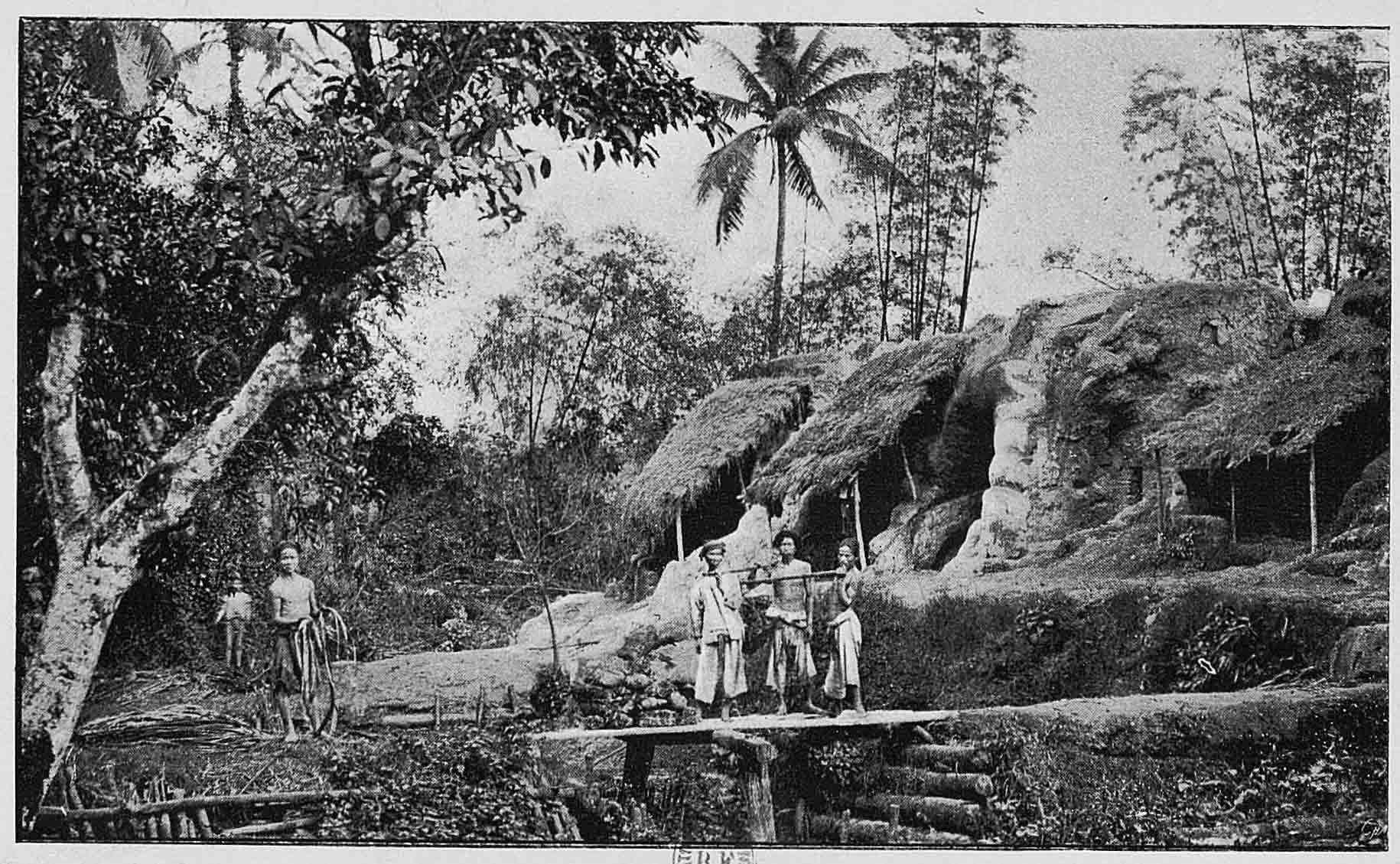
Paper Village - Hanoi suburbs
PHOTO: DOCUMENTS FROM BOOK
Here, readers will see Hang Non, Hang Chieu, Hang Bo, Hang Da streets just like in the old days. The clinking of silver and copper coins will let you know Hang Bac street from afar. In the loud sound of hammers and anvils, we will explore Hang Dong street ourselves, under the bright sunlight, the pots and pans stalls and incense burners on the street will give off sparks.
On the street, barefoot crowds passed by incessantly: ox-cart pullers, street vendors. In the distance, long parasols were swinging, held by someone holding them around a curtained palanquin, on which a certain official sat leisurely. A frenzied movement, shouting, laughter, dust, ragged clothes of all colors, something a watercolorist would love. […]
We had just emerged from the maze, the dust, the noise, the crowds, and now we were in the middle of a field, near the majestic Grand-Bouddha Temple, recently restored, with its golden rays, its softly colored ceramics, its unparalleled patina, under the shade of hundred-year-old banyan trees. In front of the temple, the West Lake or Great Lake stretched out to the horizon, its silver-gray waters as calm as a mirror, in the lake rose large-leafed water lilies and ivory-white lotuses.
To the right, the new experimental garden’s undulations help to relax tired eyes in the endless plains. On top of an artificial hill, a restorer has erected a simple hut and a dome, from which visitors can sip a cold drink and explore the larger panorama: two lakes, two cities, the distant flow of the Red River and, right below, the ancient citadel, which is being demolished or rather reduced by about two-thirds. […]
As mentioned, Hanoi has many spacious avenues, a park around a small lake, many flower gardens, a newly planned but already very beautiful experimental garden. Not to mention the European-style city and the Annamese city illuminated by electricity, the new hospital on the river bank, with three large buildings, 350 beds, fully equipped with departments, the most beautiful construction of its kind built in the Far East together with the Saigon hospital, these are all the convenient and expensive improvements that have been made in the capital of Tonkin.
There is now a great deal of interest in supplying the city with clean water. The Red River is widely used, which is not too bad. But in the dry season the river is dry, and the waiters are too lazy to go far, so they are content to draw water from the nearest pond. The projects are in progress, and will be completed by the time these lines are published. It is still river water, but properly filtered through sand, cleaned, or sterilized. The estimated cost is about 6 million francs, paid over twenty years at 300,000 francs a year. There must be some reason. It is obvious that this is a necessary sacrifice and there is nothing else to do. The owner of the factory kindly invited me to visit the construction site. Of course, he praised the advantages of the system. According to him, in a few weeks the purest water will flow: there will be enough clean water for both the table and the streets. I have tasted this water. To prove his point, my guide pumped me up and offered me a glass of water. Delicious!
Indeed, the city is charming and very French. Society is open and elegant: women dress elegantly, though very simply, which is rare in the colonies. At parties, at the headquarters where there is an intimate ball every week, or at the Governor's Palace, as well as at more intimate meetings, there is little or no extravagant dress. There is no casino glamour. In this respect, Hanoi is arguably the most Parisian of all French overseas cities.
Nguyen Quang Dieu excerpted from Around Asia: Cochinchina, Annam, and Tonkin , translated by Hoang Thi Hang and Bui Thi He, published by AlphaBooks - National Archives Center I and Dan Tri Publishing House in July 2024.
Source: https://thanhnien.vn/du-ky-viet-nam-loanh-quanh-ha-noi-185241214210302064.htm


![[Photo] Visiting Cu Chi Tunnels - a heroic underground feat](https://vstatic.vietnam.vn/vietnam/resource/IMAGE/2025/4/8/06cb489403514b878768dd7262daba0b)





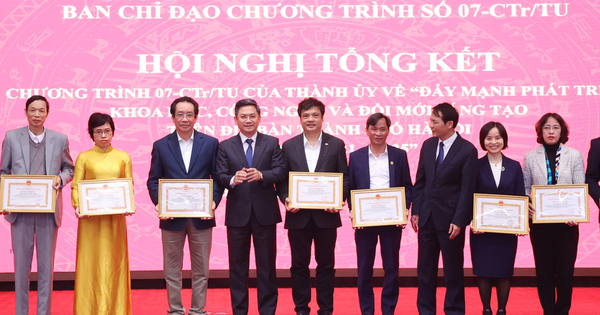





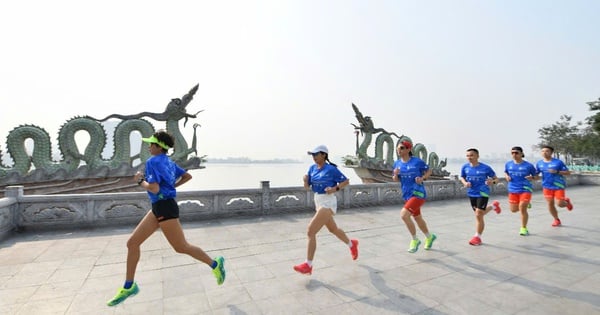
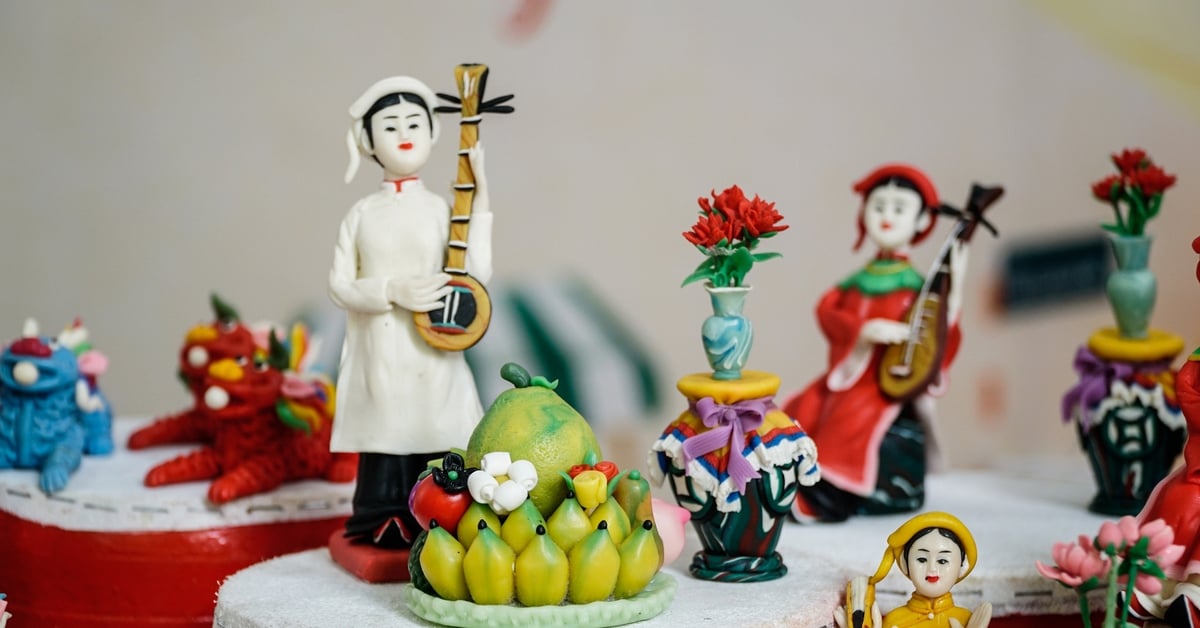


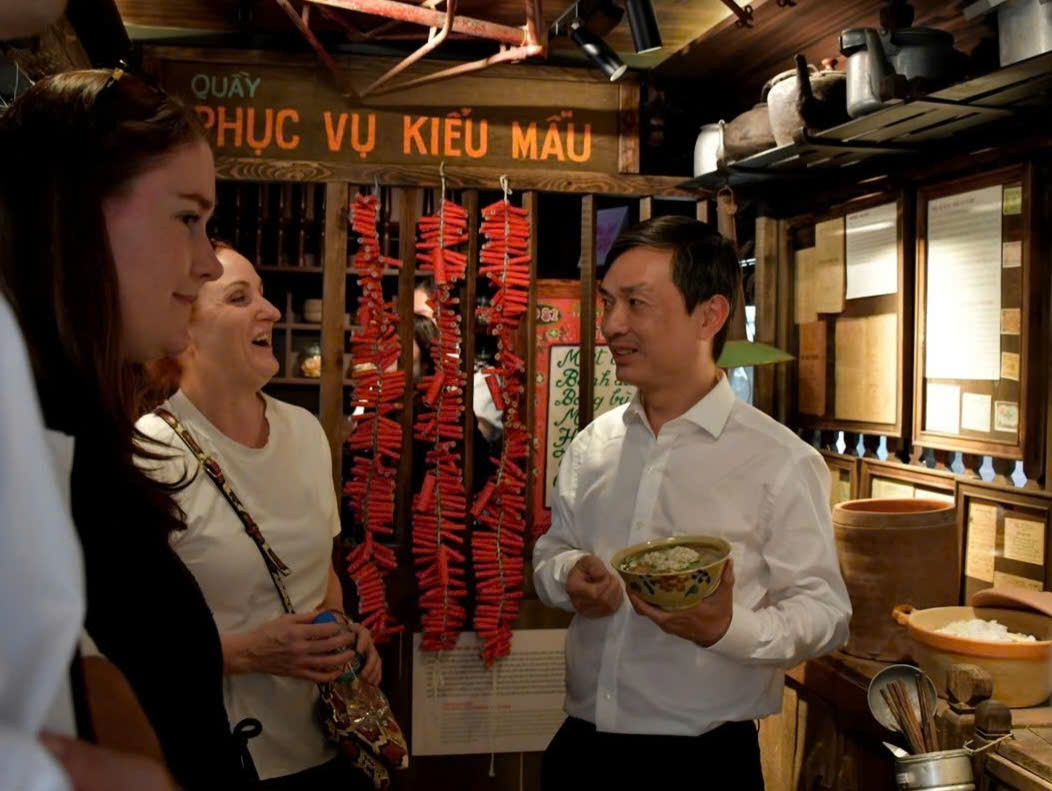
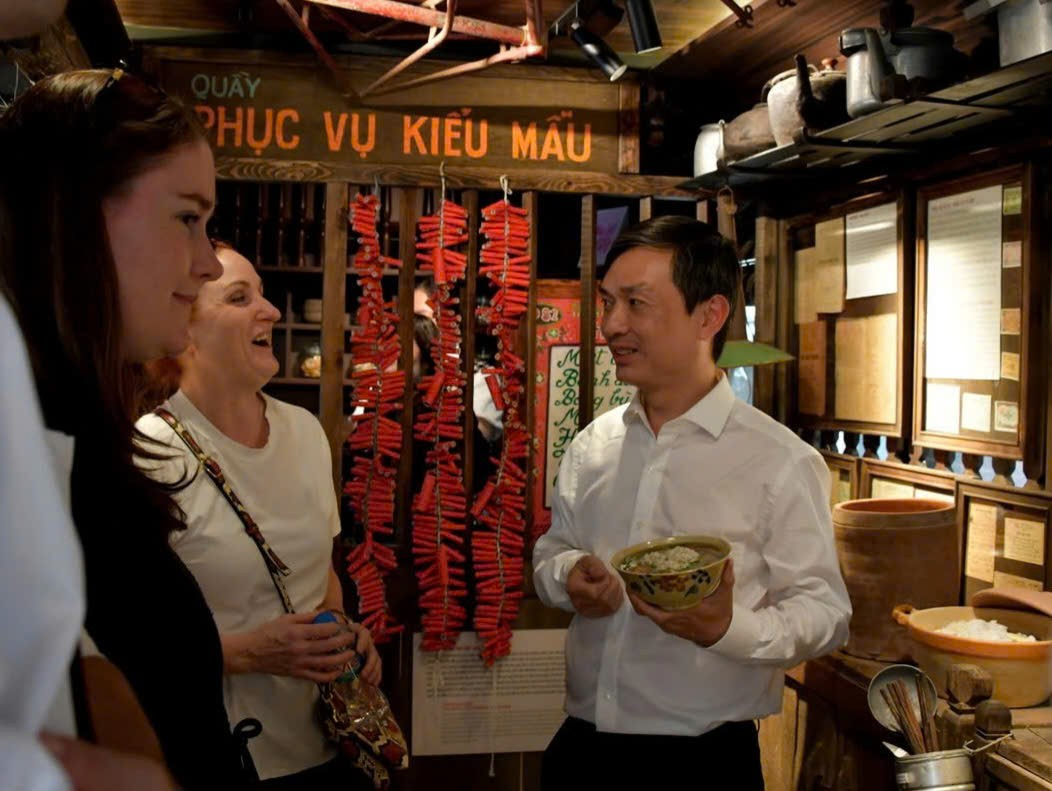
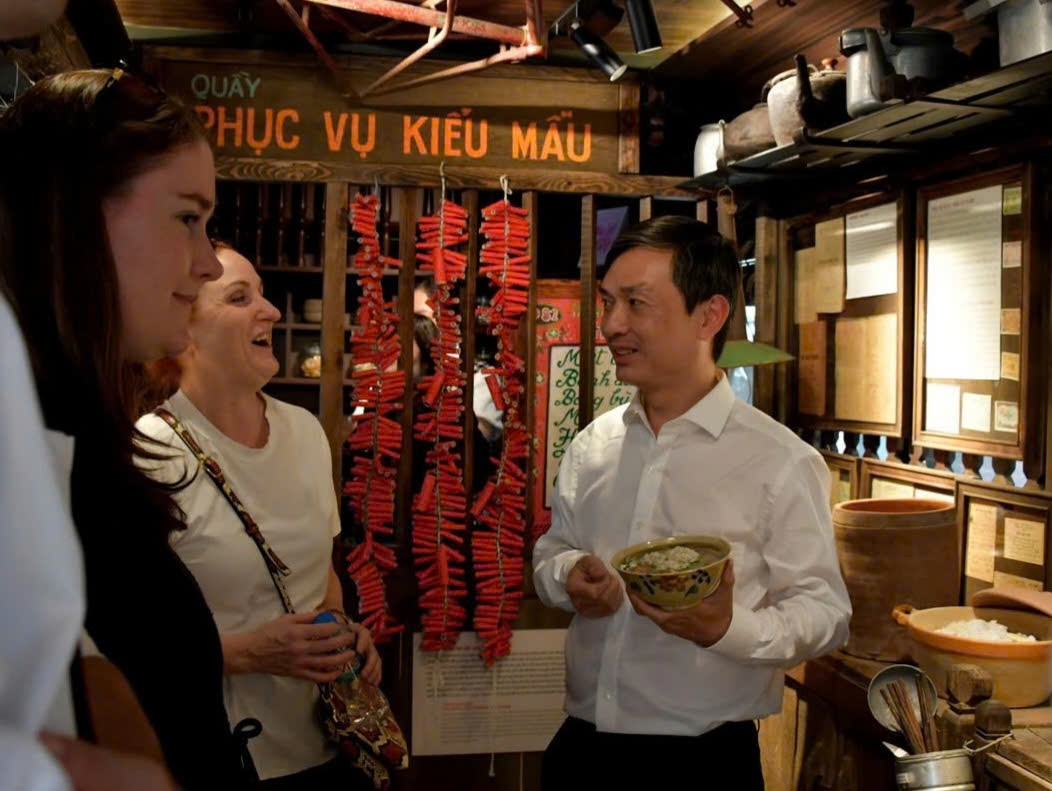
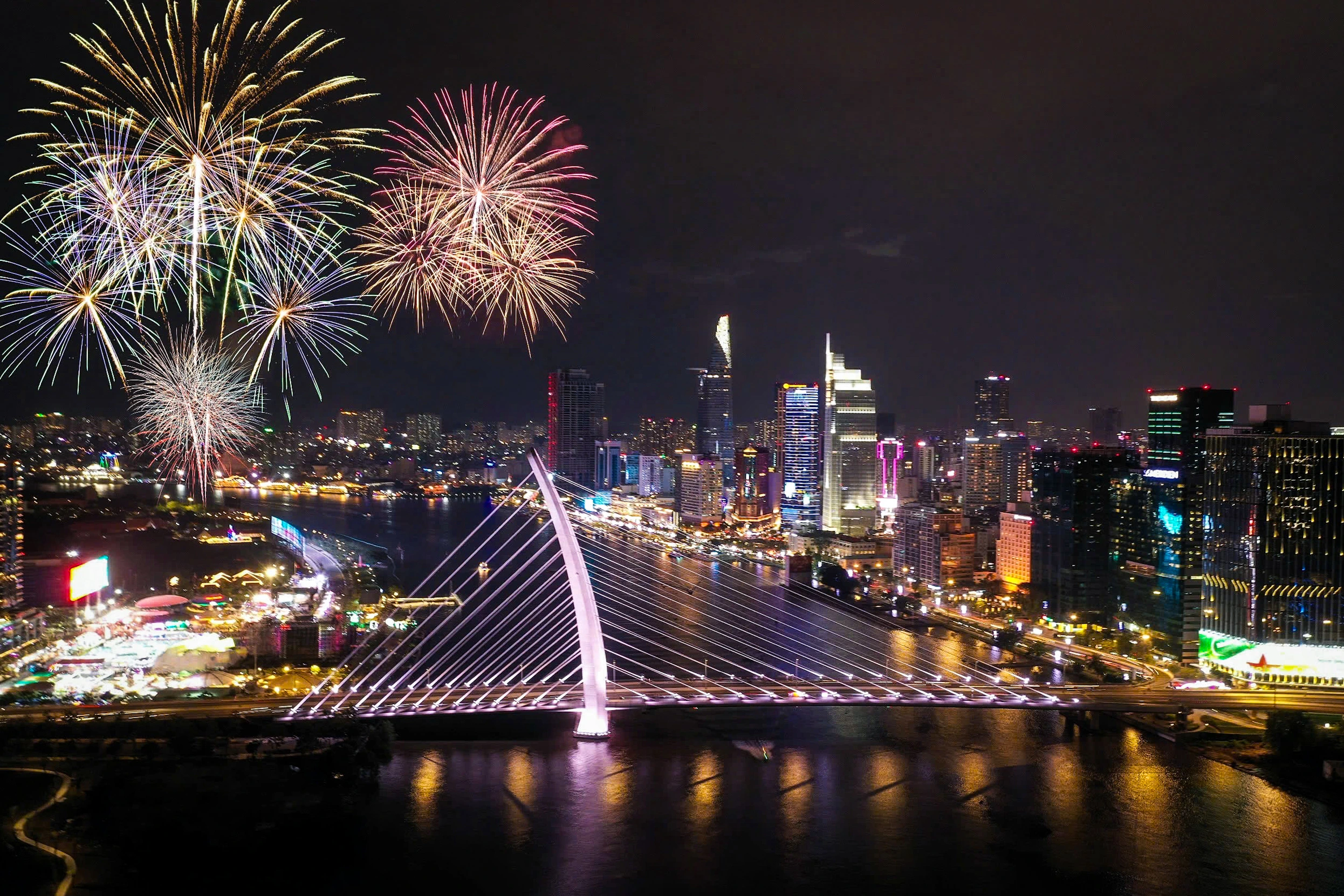
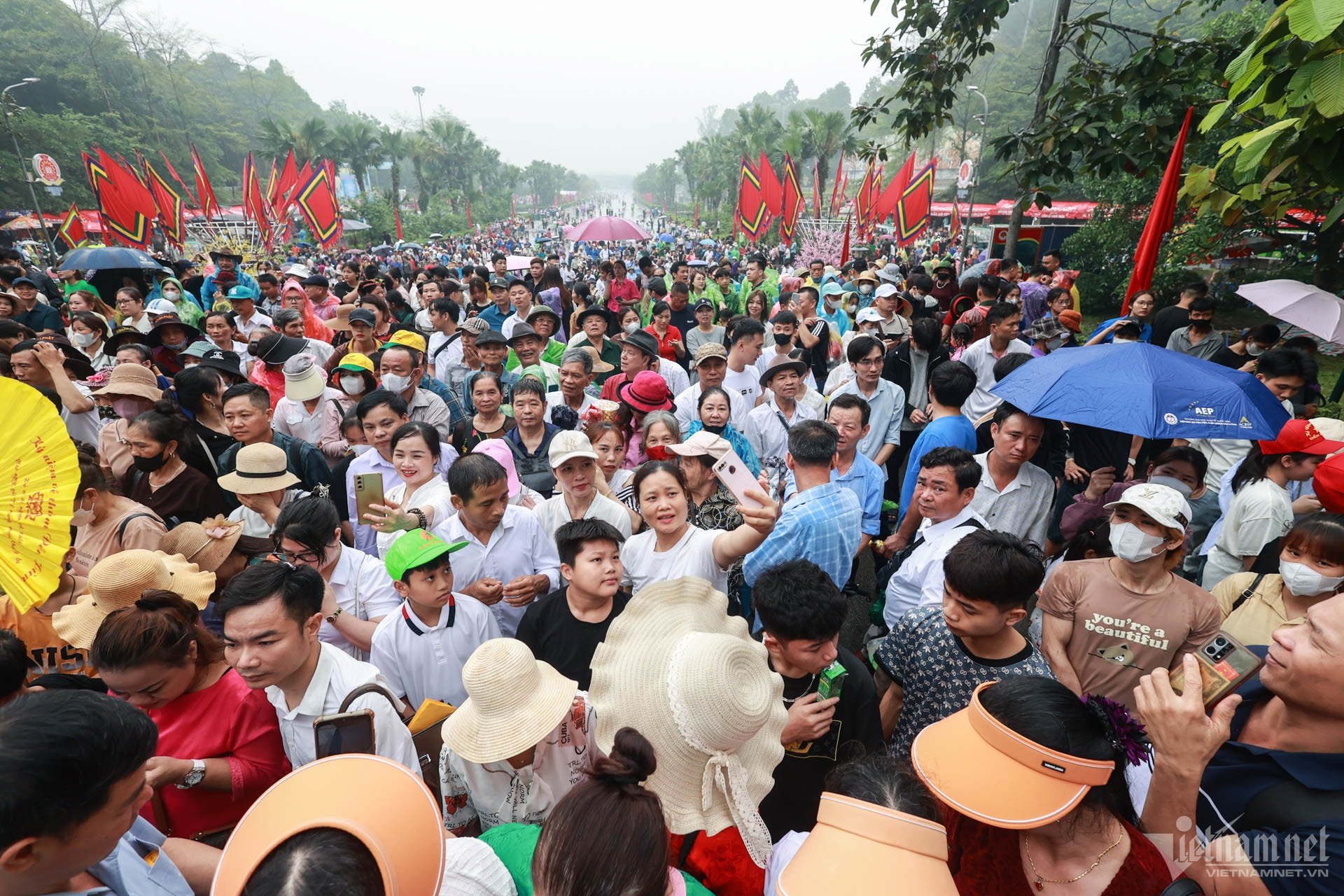





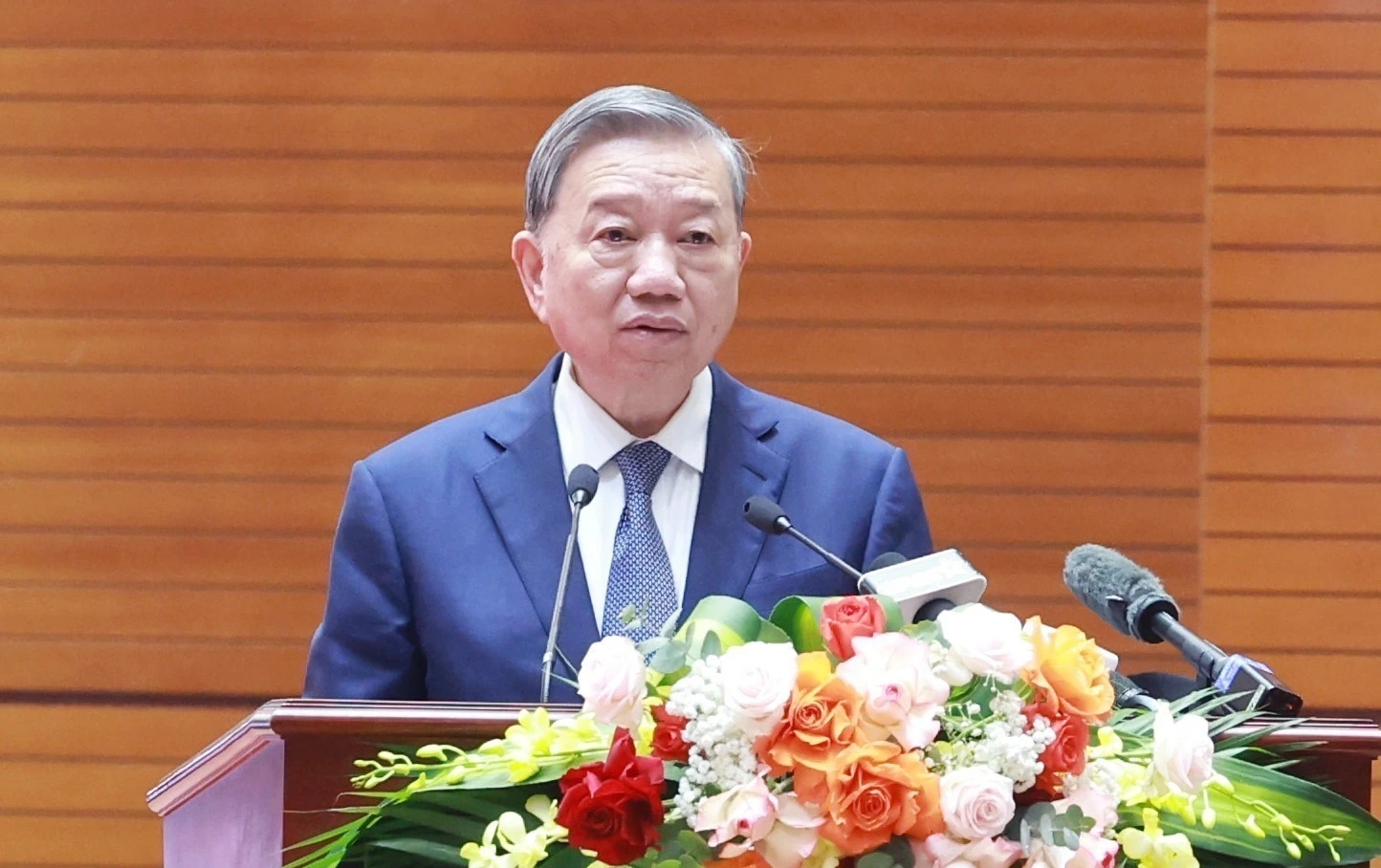

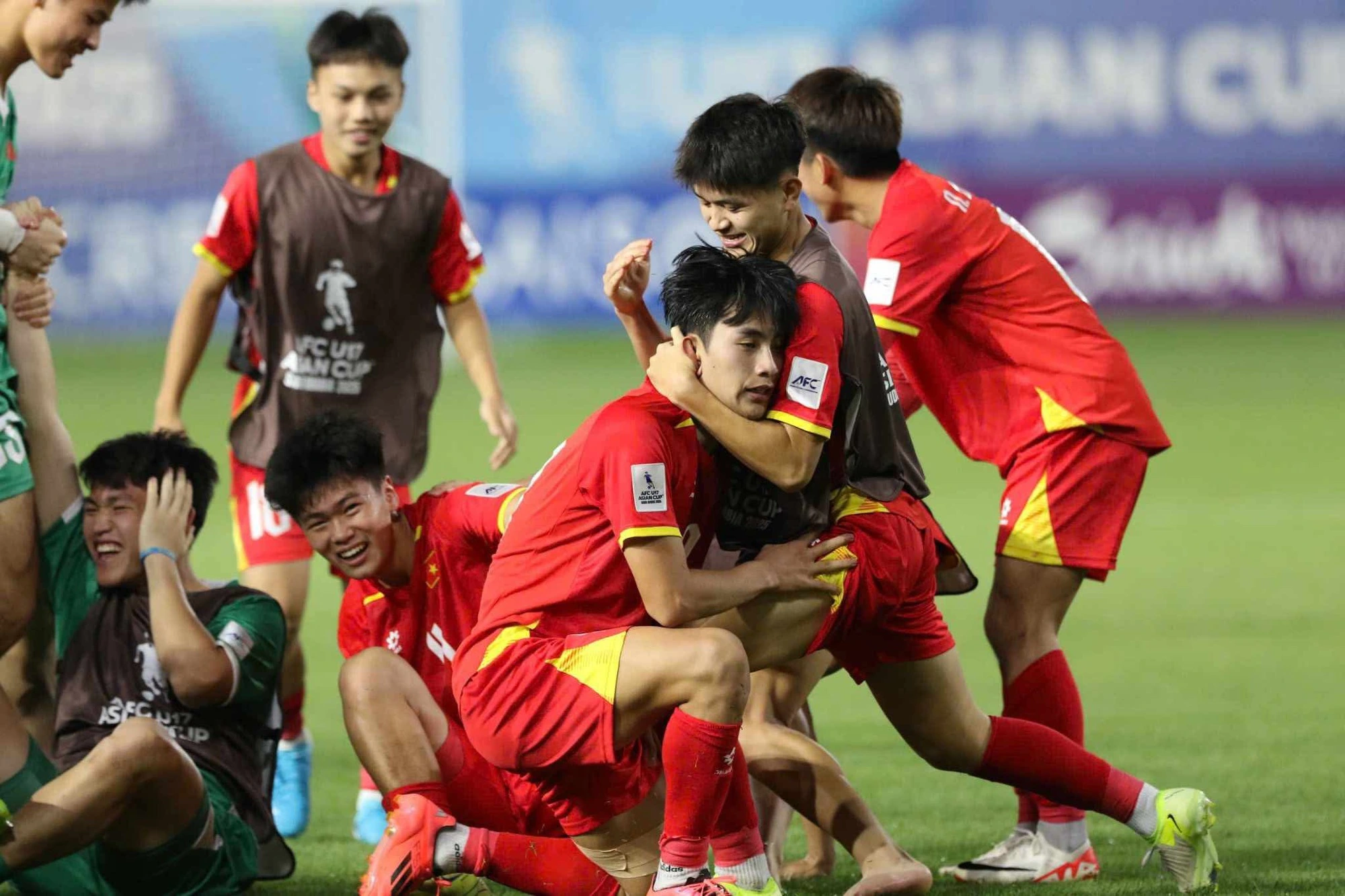
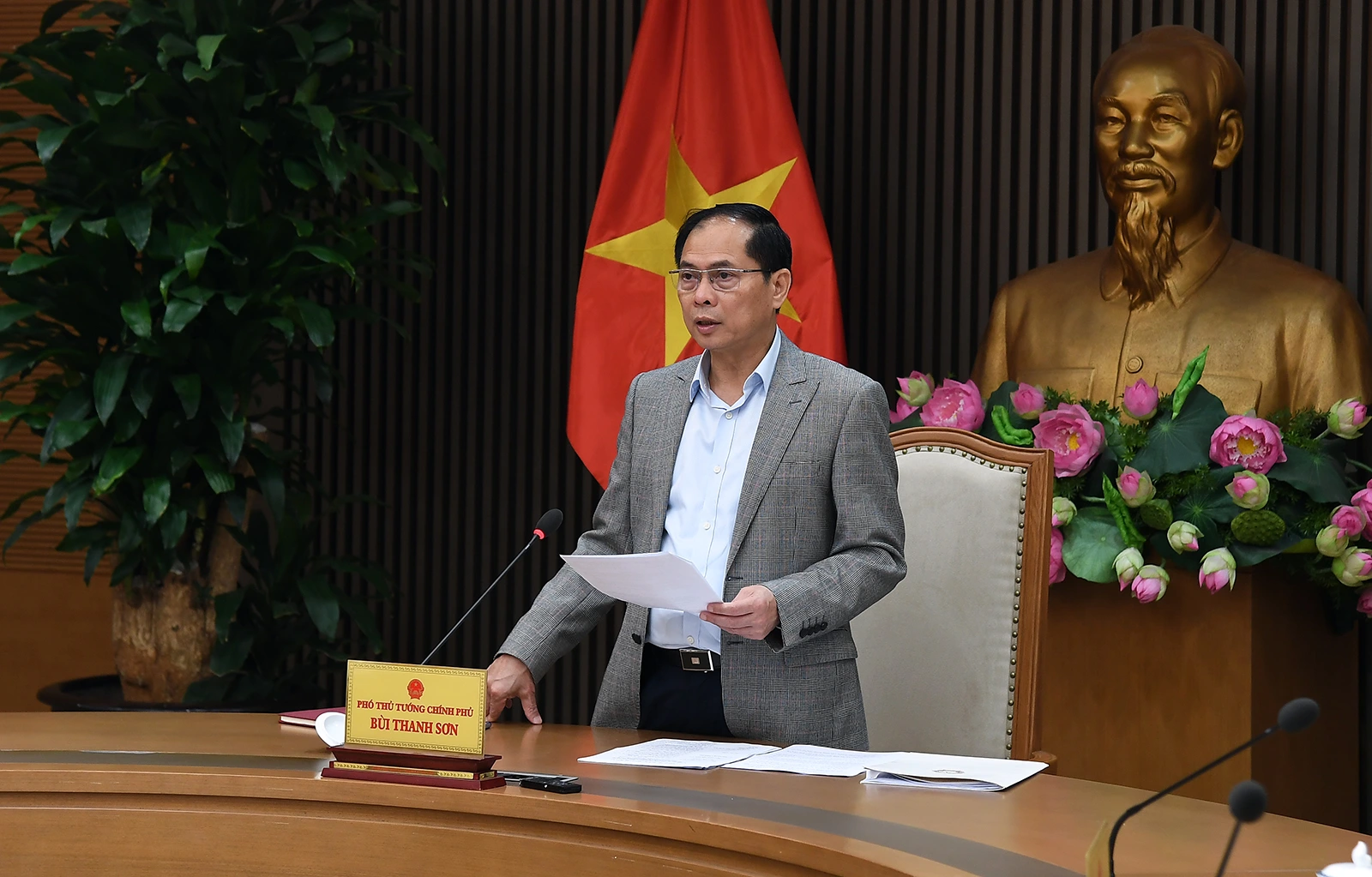


































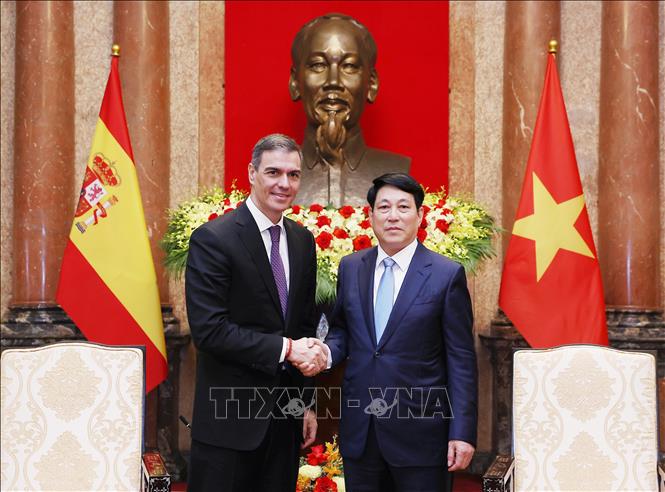








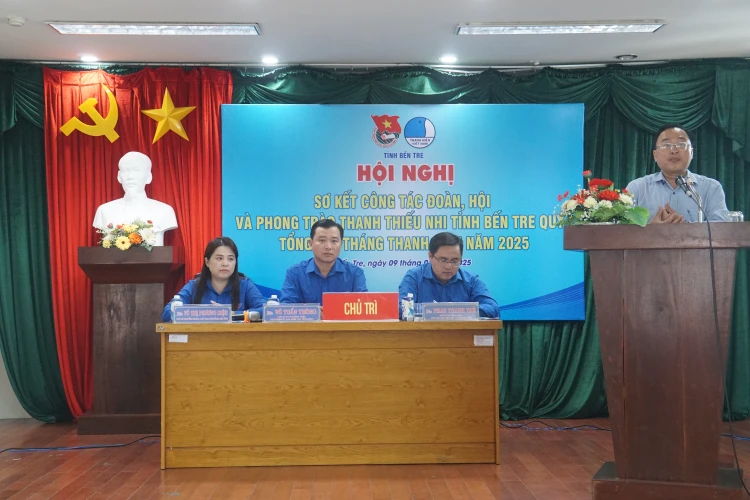


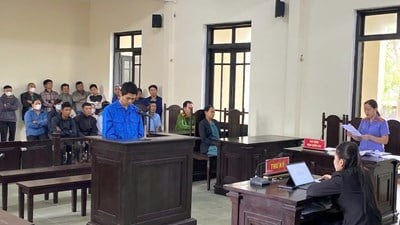
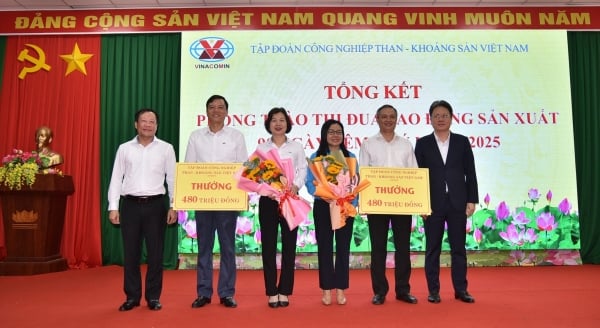











Comment (0)